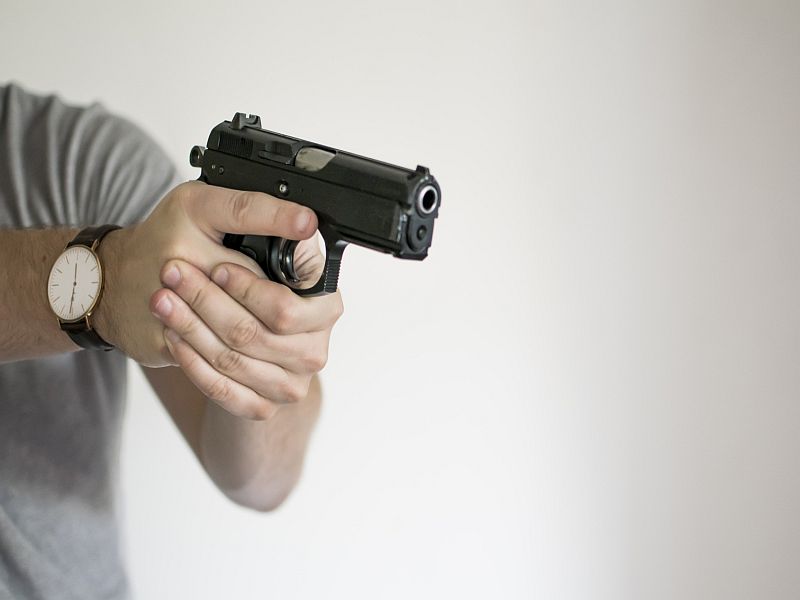FRIDAY, Nov. 3, 2017 (HealthDay News) — A teenage school shooter may be attempting to prove his masculinity.
So says an Oregon researcher who analyzed the traits shared by 31 boys involved in 29 mass shootings at U.S. schools.
The attacks occurred between 1995 and 2015, and the killers ranged in age from 11 to 18 years old. The total number of dead: 58.
Boys who don’t meet their classmates’ idea of manliness can become isolated by middle school. This can lead to anger, resentment and depression, said study author Kathryn Farr of Portland State University.
Farr found that 10 of the 31 shooters had a history of serious mental problems, and another 10 grew up in abusive homes. The remaining 11 boys tended to overreact in violent ways to situations they viewed as unfair or belittling to them. The vast majority of shooters were white. All but one were heterosexual.
“Many of the adolescent shooters had personal troubles that affected their ability to manage their social performances at school,” Farr said. “Moreover, the potential rampage of a boy with severe mental illness and rampage-related risk factors could be especially injurious.”
Another thing the school shooters had in common: They were repeatedly and publicly insulted. Most had been called names that suggested they were not heterosexual or manly, including “homo” or “cry baby.”
Because their peers didn’t consider them to be acceptably masculine, the boys were bullied, rejected by girls or socially isolated. In some cases, Farr said, the shooters were physically or sexually abused by other boys.
In response to this social rejection, the shooters often exaggerated their masculinity through displays of strength and power. They brought guns to school and wrote and drew things that were violent in nature. Nearly all boasted about their plans to go on a rampage. This inappropriate behavior backfired, however, further isolating them from their peers, Farr said.
The study was published recently in the journal Gender Issues.
Schools should make students aware of these warning signs and encourage them to report them. They should also educate young people about gender issues, Farr said in a journal news release.
“How often are adolescent boys given the opportunity to talk with one another about masculinity norms and their challenges, including norms embracing violence or the effects of emasculating bullying?” she said.
“Such classroom-based discussions could also help schools identify, provide and give value to activities that appeal to boys whose interests and skills lie outside the norms of insider masculinity,” she added.
Farr stressed that all troubled boys shouldn’t be cast as potential school shooters. “Although many boys display at-risk behaviors and attitudes, very few will actually become school shooters,” she said.
More information
The U.S. Centers for Disease Control and Prevention provides more on school violence.
Copyright © 2024 HealthDay. All rights reserved.

